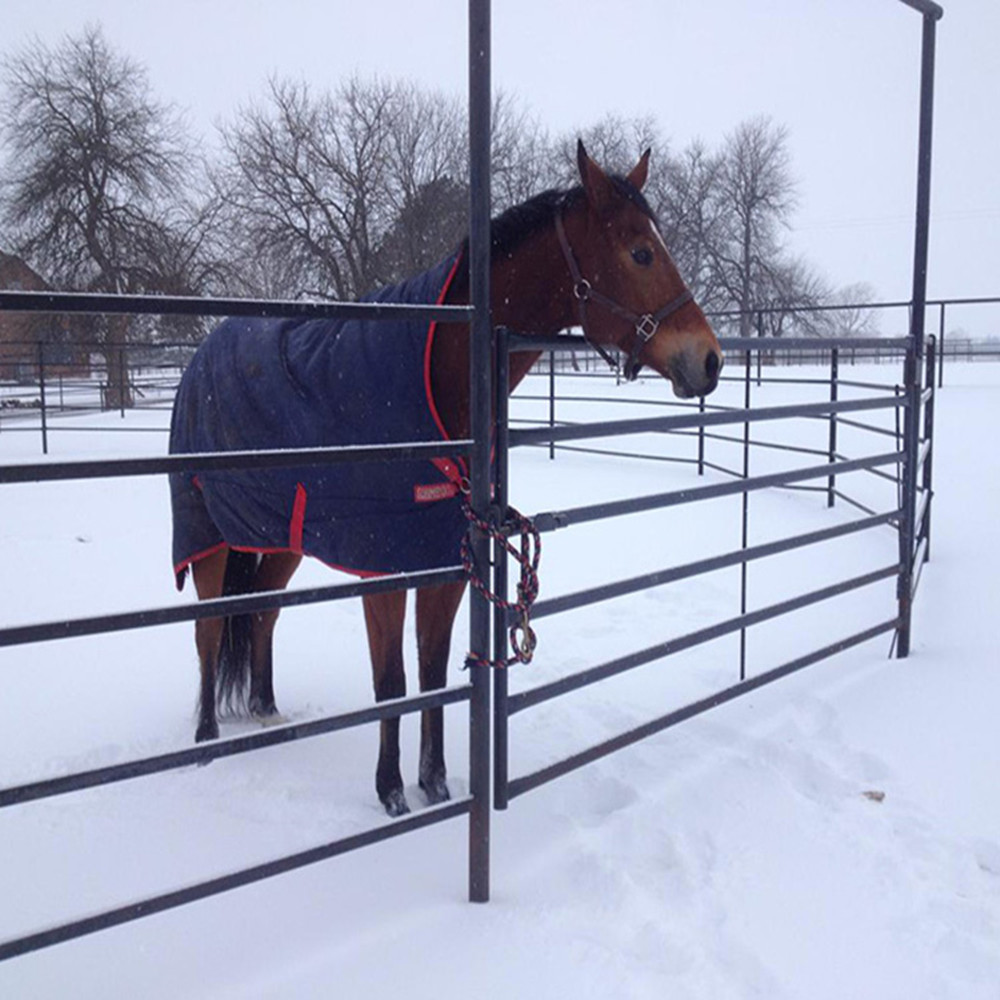UV convex word crystal transparent (seven) Varnish production process
After the screen printing process, the printed part has a stand-up effect irrespective of its visual and feel. The thickness can reach as high as 2mm. After drying, the printing area is like a three-dimensional crystal. Engraving, Epoxy-like effect. Such as mixed colorful powder, magic color film printed together, the effect is like a colorful gem-like beautiful, can be decorated with clothes, flowers, bird wings, leaves, lines, comics and Other patterns. It has been widely used in packaging, calendars, greeting cards, books, business cards, and other papers in developed coastal printing areas, including matte film substrates. UV drying conditions above 80W/CM.
Its production process mainly pays attention to the following points:
1. Choose a good UV Braille crystal varnish. Must choose high transparency, high concentration, no blistering after printing, Braille varnish that does not turn yellow after curing. Adhesion is also better.
2. Screen production. First, the screen tension should be between 20-21N. The number of mesh yarns is suitable for between 25 mesh and 150 mesh. If you want to mix colorful powder printing, you should choose between 25 mesh and 80 mesh gauze (mainly considering whether the color powder can pass through the gauze and the size of the target mesh). The higher the height requirement of UV Braille, the smaller the mesh size, and the greater the mesh size. Also, thickening the thickness of the photosensitive adhesive, the operating procedures: coated photosensitive adhesive - drying - photosensitive adhesive - drying - printing.
3. Printing operation. The hardness of the scraper is 75-80. Sharp corners remain sharp. Squeegee angle is selected at 45. Printing pressure cannot be too great. It is only necessary to shave the convex ink on the screen. Because the pressure is considered to be slightly smaller than the normal screen printing, the distance between the screen and the ink should just be printed on the substrate. If the net distance is too large and the pressure of the squeegee is too high, it is easy to press the ink printed on the substrate back onto the screen plate. In this way, the ink thickness and surface smoothness effect of the printed ink are poor.
Horse Fence Panels can be used as portable or permanent fencing. Using our safe and strong clamp system for panel attachment.
Our steel corral panels, as the strongest, most affordable products on the market can work for you whenever you need them. Compared with aluminum corral panels, this one is made of high tensile strength steel tubing with superior full welded saddle joints. Therefore, it's strong enough to withstand years of abuse. Meanwhile, all the products are galvanized or color painted after welding to protect the panel from rust and corrosion. Portable steel panels are easy to set up only by one person.

Horse Fence,Galvanized Horse Fence,Cattle Horse Fence,Movable Horse Fence
Hebei Giant Metal Technology Co., Ltd. , https://www.358fencing.com